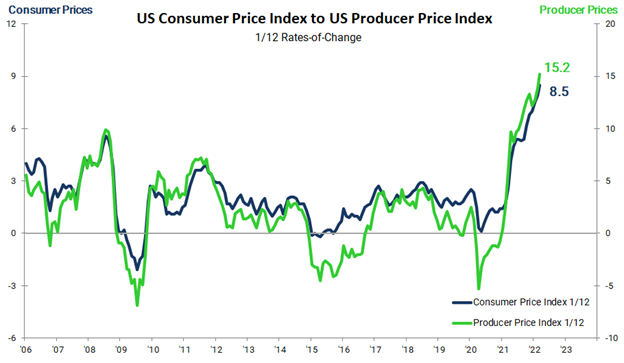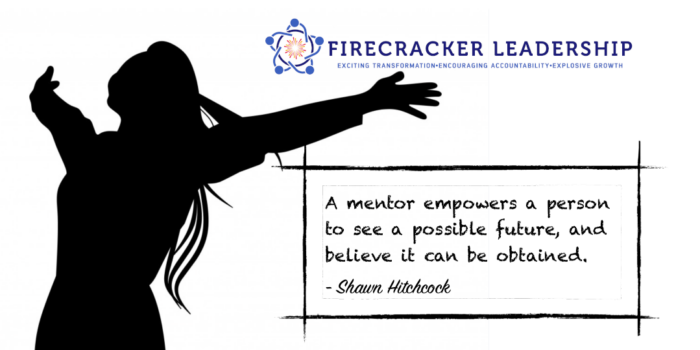Research shows that employees who work for compassionate managers are 25% more engaged in their jobs, 20% more committed to the organization, and 11% less likely to burn out. But too many organizations seem not to have gotten the memo yet. They still have rigid hierarchies and treat their employees more like resources than humans, requiring excessively long hours, pressuring people for unrealistic results, and treating them as if they were all exactly the same, without regard for their individuality.
What can you do if you want to manage your team with compassion, but your leadership hasn’t bought into this philosophy? These six strategies will help you be a compassionate leader and may even convince some of your less-compassionate colleagues that they can do better.
Work out your own robust, business-focused definition of compassion.
Some aspects of compassion fall into what are sometimes called “soft” skills, but a more apt descriptor is “activist.” A good working definition is that compassion is the feeling you have when you see someone else struggling or suffering in some way and feel the desire to take action to help relieve that suffering.
It’s that desire to act and create change that differentiates compassion from empathy. For example, you might be empathetic if you feel bad because the current requirement to be back in the workplace is creating a personal hardship for your team member, but you’re being compassionate if you take steps to change the schedule so they can work more comfortably. It’s the action that makes the difference.
Model self-awareness and self-regulation.
Your behavior sets the bar. People notice how you change your position when you receive new information, how you deal with pressure, and whether you’re negotiating with another leader on their behalf. They look to see if you’re willing and have the capacity to triage priorities or make tough decisions, as well as to take responsibility, clean up your own mistakes, and ask for support or forgiveness when necessary. That’s how you model what appropriate behavior is within your group, even if that’s not true for other departments.
One of my clients got involved trying to help sort out a dispute between two team members. During the conflict, it became clear that she had offended one of them, and as part of the discussion, she expressed her regret, asked for forgiveness, and explained how she would try to conduct herself going forward. For months afterward, the offended teammate expressed his appreciation to his colleagues and acknowledged that he hadn’t previously worked with any leader who would be willing to face up to their own errors like that, and his interpersonal behavior began to improve.
Recognize that you can never be everything to everyone.
Even as you try to treat everyone with kindness and interest, you will still have to make choices about where to invest your precious time and energy. Otherwise, you’re leading yourself right into burnout territory. So choose your priorities carefully and without overpromising. It doesn’t help to make big public announcements or hang banners with mottos about the things you intend. I’ve interviewed too many employees who refer to these communications with disdain as “flavor of the month” or “just another campaign we’ll have to wait out.”
Instead, learn from your people what matters to their well-being and take specific steps to improve conditions for them and raise group morale. As you begin to make headway, you can start to point out which things are working better and then start to tackle the next area of interest. You won’t have all the answers, be able to change everything about the organization that’s bothersome to your team, or help them resolve all their struggles, so don’t create false hope or expectations — explain which things are within your purview to change. And don’t expect that everyone will be grateful for what you’re doing or how much effort you’re expending on their behalf. It’s not their job to appreciate you, but the team’s resilience, longevity, and esprit de corps are likely to increase.
For example, one manager came up with a creative gambit that did not require any official permission or resources. When her people were feeling burned out by the challenges of the work and the organizational environment, she helped them each identify a “passion project” that supported the team’s goals and then carved out dedicated implementation time. The employees got the benefit of scheduled independent time for deep work, an opportunity to learn about things that interested them, and the sense of personal commitment and achievement.
Deliver business results.
If your management feels you’re not a confident and successful leader, you won’t be able to continue taking care of your team. Know what your management expects from you, and use every business tool and organizational support you have to ensure that your team is producing, or it won’t matter how compassionate you are. The better you deliver and demonstrate effectiveness, the more organizational credibility you’re likely to develop, and therefore the more clout you’ll have to get the support you need for your team.
You might need to get creative in substituting for resources if they’re not provided. For instance, even if you’re not getting the training budget you need, you may be able to find podcasts or online tutorials on the subject that you can share with your team to help move their knowledge forward. If you’re facing a hard and challenging deadline, actively work with your team to learn who can dedicate more time now and set up internal swaps to help them manage time and participation.
Demonstrate the importance of accomplishment and accountability.
Compassion is not about being “nice” or looking the other way when there’s a problem or someone isn’t up to standard. It requires understanding the situation deeply so you can make the best business decision for all parties at the time, which sometimes means taking employees to task for work they haven’t completed or behavior that’s ineffective.
Certainly, preserve everyone’s dignity by giving them the benefit of the doubt, helping them regroup and refocus, and guiding their efforts as necessary. But make clear what your expectations are and what the consequences will be if commitments or targets are not met. It will not feel good to people if they see you behaving unfairly toward different members of the team or acting as if you have personal favorites.
Support your people through awareness and advocacy.
When there are priorities to set or challenges to face, open the conversation up to the group: “How can we support each other to get this done? What ideas do you have about how we could make our best thoughtful efforts? What’s getting in the way that I need to address?” And then take action and see how you can influence events in beneficial ways. When your people see that you’re not just blowing smoke but will actively represent their interests to others, invest time and energy to change their working conditions, and take risks on their behalf, they’ll take your other efforts more seriously and engage more deeply.
After hearing concerns from his team members, a manager I coached went to HR for backup because a vice president not in his direct chain of command was upsetting members of his team and others by violating company norms around work assignments and treatment of subordinates. Because the manager was willing to stick his neck out, HR reviewed the situation and disciplined the VP. His advocacy convinced several members of staff who were considering leaving to stick with the company during the time it took to conduct the review. They felt that he was someone who could be trusted to handle problems and someone to look up to.
. . .
Being a compassionate leader is being a good leader. It can be hard to do that when the rest of the culture seems to rely on favoritism or neglect. But if you apply these six strategies and choose your shots, you can make a difference for your people and for the business. And eventually, others outside your area may come looking to see how you’ve been so successful and learn from your actions.


